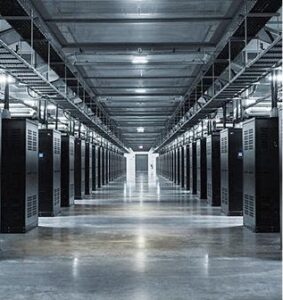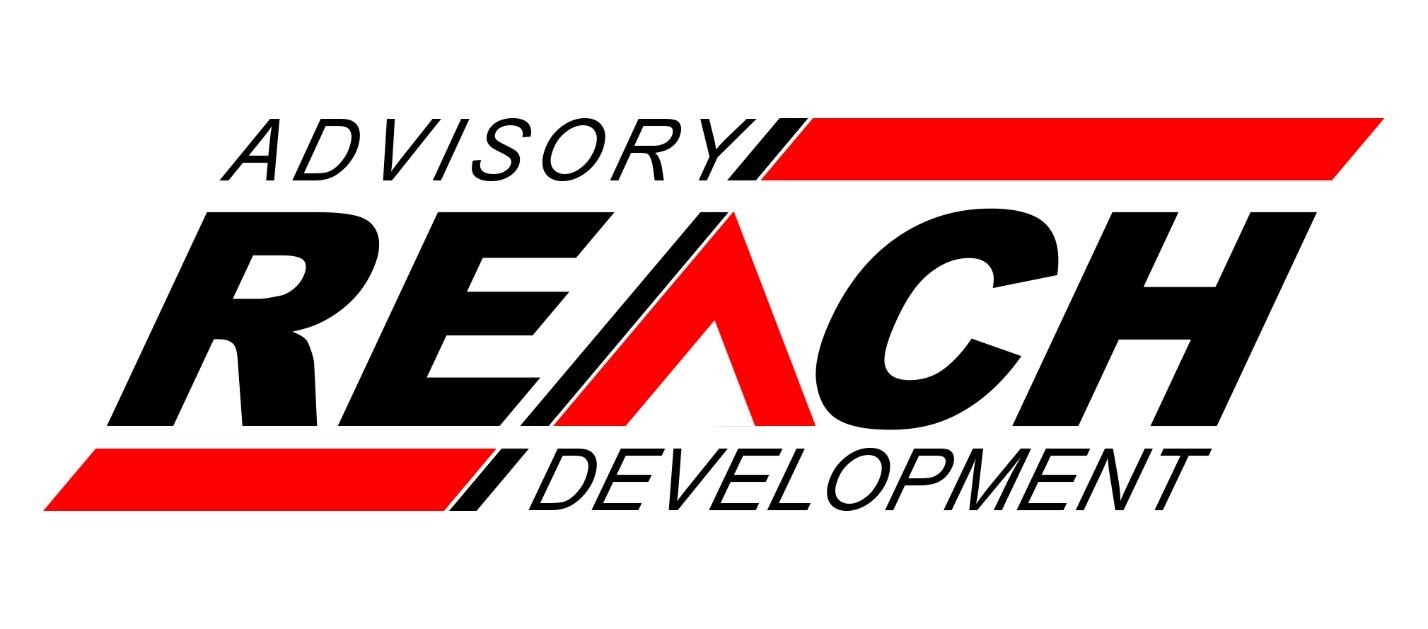 If you are involved with the data center industry, you are fortunate to be part of an era of truly historical significance. Think of data centers as the factories of the Information Age.
If you are involved with the data center industry, you are fortunate to be part of an era of truly historical significance. Think of data centers as the factories of the Information Age.
In the Industrial Age, factories were built to run heavy machinery. These machines created durable goods, such as cars and appliances, which were delivered to consumers using trucks, railroads, and shipping lines. Over time, these factories became collection points, bringing together the people, equipment, power, transportation, and investment required to build consumer products. The result was the most dynamic economy the world had ever seen.
In the Information Age, data centers are being built to run large scale computing systems. These computers are creating digital goods and services such as search engines and social media that are distributed to us over the Internet. Data centers are becoming the platform for the emerging “internet of things” bringing together people, equipment, power, network, and investment. The result is an online economy that interconnects people and businesses around the globe.
What can we learn from viewing data centers in this historical context of factories and manufacturing? Think about the contrasting forces at work as we innovate and evolve in the data center industry.
People and automation both matter. Like factories, data centers are highly automated facilities. New software and monitoring systems called Data Center Infrastructure Management to enable small teams to run large data centers. Yet in the midst of all this automation, people are critical. People operate and maintain the specialized equipment, design and install cable systems, and run the computing systems that live in the data center. You need both onsite expertise and online systems to run a world-class data center.
We consume and save energy. Factories use power to create physical products. Data centers use power to create digital products. Press reports say that 2% of the energy in the U.S. is consumed by data centers. However, the best data centers also save energy due to economies of scale and efficiencies of operations. In fact, the data center industry has created a metric called Power Usage Effectiveness or PUE to measure how much of the utility power feed is delivered to the computers and how much is used to run the facility (Total Power Delivered to Data Center / Power Consumed by Computing Systems). The industry has made huge advances in the past five years driving PUE from 2.0 or greater to between 1.3-1.5. Assuming that the digital goods created in a data center have value, it is better to create those goods in a purpose-built data center than in your office building, garage, or college dorm room.
Power changes everything. In factories, when the power goes out, the assembly line shuts down. The same is true for data centers. However, in a physical world you can store products in a warehouse for future delivery. In a digital world the products are delivered in real-time. In a data center, when the power goes out, your business stops – period. And, what’s worse, it takes a long time for the digital world to re-boot once the power returns. Leading data centers have backup power generation systems and the ability to switch seamlessly between utility and backup power with zero downtime.
Build-in pieces. Operate holistically. Factories and data centers are both highly capital intensive. With today’s designs, it can take tens or hundreds of millions of dollars to build an enterprise-grade data center. The good news is that over the last 10 years most data center companies have learned how to build in pieces so we can map our investment to our revenue. The challenge is that in most cases these data centerpieces operate independently so your operational efficiency is constrained. The best data centers build in pieces but operate holistically by shifting power throughout the facility to meet the needs of computing systems. With this kind of cost structure and operational model, it makes sense for you to buy/rent part of a data center than to design, build, and operate your own.
Is the Internet like water? Most early factories were located near water for power, shipping, and cooling. For data centers, the Internet is increasingly taking on the economic characteristics of water. It is both a resource and a commodity. Data centers need the Internet and fiber capacity to live, but how much are you willing to pay? We can let the academics and politicians debate the value and pricing of the Internet. But it is clear that a top data center needs a critical mass of fiber capacity and telecommunications suppliers in order to deliver enterprise-grade service.
Steve Jobs once said, “You can’t connect the dots looking forward; you can only connect them looking backwards.” By taking a look backward at the factories of the Industrial Age, we can connect the dots that created the greatest economic progress in history. Looking forward at data centers as factories of the Information Age, we can appreciate how far we’ve come and imagine how far we can still go.
It is a great and historic time to be in the data center industry.
